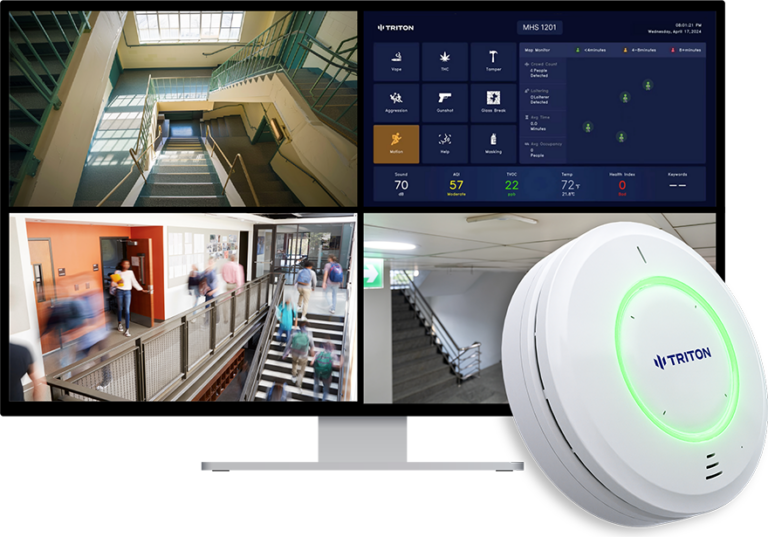In the past, e-cigarettes was a popular choice in schools. Students would sneak into bathrooms between classes, where the flavored nicotine and THC vapors left no trace. Teachers and administrators felt powerless until districts began turning to a new line of defense: the vape detector.
Schools across the nation have been reporting huge successes showing how innovative technology can be in the fight against the smoking addiction.
A case study: Cut down on smoking by 83 percent over 10 Weeks
Luling Independent School district was faced with a serious problem with vaping. Despite repeated warnings, and more stringent regulations, students were still able to vape in bathrooms and locker rooms. Smoke alarms are useless for vapor, and staff cannot be everywhere at the same time.
To test the system, the district installed vape detectors in the schools during March. The results were striking. The amount of vaping slowed significantly in five weeks. In the span of ten weeks the number of vapers had fallen by 83%..
For administrators, the success went beyond numbers. Teachers reported fewer disruptions, and students were able to comprehend that smoking vapes will not go unnoticed.
Match Charter Schools also enjoy similar successes
Match Charter Schools also has an excellent example. Middle and high school students were using vapes during the time. They implemented a set of smoking alarms on vapes in the month of August and noticed immediate outcomes.
By December just four months later administrators reported a 80% decrease in vaping-related incidents that occurred weekly. Parents were pleased with the school’s efforts in taking concrete steps to protect students, while teachers noted an obvious decrease in bathroom loitering and hallway crowding.
The two districts above represent the growing trend The schools that use vape detection show tangible improvements in both their behavior and overall safety.
What Makes Vape Detectors So Effective?
This technology is at the heart of the results. Modern vape detectors don’t just detect vapors but also monitor the quality of the air, measure occupancy levels and provide real-time alerts to employees. Administrators don’t have to rely on guesswork or reports that are based on after-the-fact data.
The detectors were designed to guard your privacy. No cameras. No audio recording. In-depth, accurate data is enough to aid schools in making quick decisions without compromising the rights of students.
This combination of effectiveness and adherence makes vape detection one of the most practical ways to ensure safety for schools in the present.
The Safety Net Goes Beyond Vaping
The thing that many administrators appreciate is that detectors extend beyond vaping prevention. Advanced systems can detect loud sounds, keyword triggers linked to emergencies, and even vandalism attempts.
The detector will notify staff should, for example students start to wander around a restroom. Staff members can be alerted instantly when someone shouts “help” or some other distressing keyword. Vape detectors in schools may form part of a wider strategy to address both potential violence and health risks.
Boards and parents support Vape Detectors
One often-overlooked benefit is the confidence that comes from transparency. Schools using detectors can produce reports that clearly reveal patterns in vaping. These reports are then shared with parents schools, school boards, and the public to prove that concrete steps were taken.
Parents respond positively, especially when they are able to witness tangible results. Vape smoke detectors aren’t just being used to catch students, they’re also safeguarding their health. They are a strong reminder that smoking vapes isn’t permitted at schools.
What should you learn: A proven path forward
For years, e-cigarettes felt like a war that schools couldn’t beat. However, studies of districts across the United States prove contrary. Administrators can detect dangers and stop risky behaviors immediately using a vape detector. This provides the safety of students.
Vaping is still a problem but the situation is changing. Vape detection technology isn’t just an answer to the issue, but an opportunity for schools set the standard for an environment that is healthier for their students.
Conclusion
Schools in Texas and Massachusetts are showing that technology is effective. Modern vape detectors do more than simply sounding the alarm. They change behavior and build trust, as well as providing an effective solution to the biggest student health challenge. In any school district that cares about security Vape detectors in schools have become a norm. they’re the standard.
